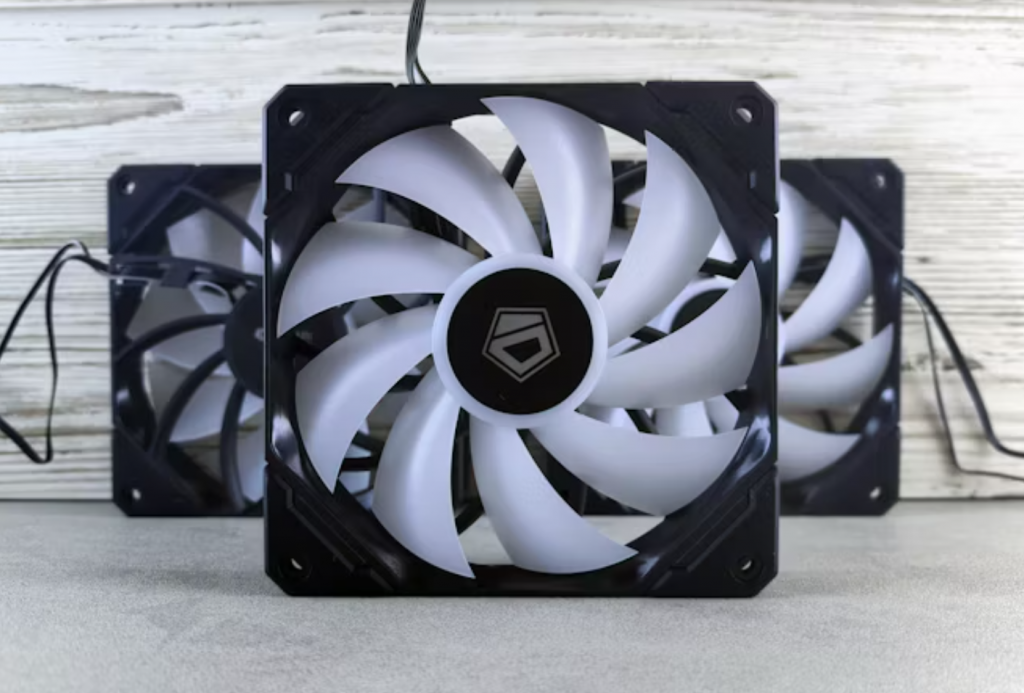Introduction
When summer heat hits, many of us are desperate for a way to stay cool without blowing our budget. In such cases, Amazon offers an overwhelming selection of cheap fans, promising everything from quiet operation to powerful airflow. But, how many of these fans can actually stand the test of time? To find out, we tried five budget-friendly Amazon fans, with only one surviving the full week without any issues. Here’s what happened!
Why Choose Cheap Fans?
It’s no secret that high-end fans can cost a pretty penny. For most of us, though, a cooling device is only needed for a few months out of the year, and spending hundreds on a fan isn’t always justifiable. Cheap fans, while less durable, can offer short-term relief without breaking the bank. However, we all know that affordability often comes at the cost of quality, which is why we wanted to put these fans to the test.
The Selection Process
Before diving into the individual fan reviews, let’s discuss the criteria we used to select our contenders. We focused on fans that were under $30, with at least a 4-star rating and positive reviews. We also considered different types of fans—tower fans, oscillating fans, and small desk fans—to cover a range of options.
Fan 1 – The First Impressions
The first fan we tried was a popular tower fan that had glowing reviews online. It promised quiet operation and a sleek design.
Design and Build Quality
Straight out of the box, the fan’s design impressed us. It looked modern, and the assembly process was a breeze. However, upon closer inspection, we noticed that the body was made entirely of plastic, which raised doubts about its durability.
Features and Performance
When turned on, the fan was fairly quiet and did provide a decent airflow for its size. But after a few days, the fan began to make a rattling sound, especially when set on higher speeds. This was a sign of internal parts not holding up as expected.
Fan 2 – The Disappointment
Next, we tried another fan, which seemed like a steal at first. The reviews were positive, and it had all the features we thought we needed: adjustable speeds, oscillation, and a timer.
The Fan’s Weak Points
This fan’s build quality was subpar. The plastic parts felt flimsy, and within just three days of use, the fan’s motor began to overheat. At one point, it stopped oscillating altogether.
Short-Term Test Results
After only a week of use, this fan was essentially useless. The motor had burned out, and the blades were wobbling. For the price, it was a complete letdown.
Fan 3 – Surprising Longevity
Fan number three, however, was a pleasant surprise. It wasn’t the most stylish, but it had solid features and surprisingly good build quality.
Key Features that Made It Stand Out
What set this fan apart was its sturdy metal body and surprisingly powerful motor. It had adjustable speeds and oscillation, and unlike the others, it kept running smoothly throughout the test period.

Pros and Cons of This Fan
On the plus side, it was durable, had great airflow, and didn’t overheat. The downside was that it was a bit louder compared to other fans, but the performance outweighed this minor flaw.
Fan 4 – A Quick Fail
The fourth fan we tested promised superior cooling capabilities and a whisper-quiet operation.
Performance Breakdown
This fan seemed like a great option for a small room, but after just two days, the motor started to whine incessantly. Despite the cool air, it quickly became apparent that the noise level made it unpleasant to sleep next to.

Why It Didn’t Last
The materials used in this fan were cheap, and you could feel the lack of durability with every use. The plastic casing cracked slightly after the first couple of days, and by the end of the week, it was making such a loud grinding noise that we had to stop using it.
Customer Reviews vs. Reality
Interestingly, the reviews for this fan were overwhelmingly positive, with customers praising its quietness and performance. But our experience didn’t reflect the glowing testimonials. It’s a reminder to always look deeper into reviews and consider the long-term usability of products.
Fan 5 – A Mixed Bag
The fifth fan was another oscillating option with a unique design. It boasted advanced features like a remote control and a variable speed setting.

Durability After a Week of Use
After one week of daily use, this fan still worked, but it wasn’t without issues. The remote control frequently failed to sync, and the fan started to squeak every time it oscillated. However, it was still functional, which was more than we could say for some of the others.
Design and Functionality
While it had a nice design and looked aesthetically pleasing, the fan’s performance left much to be desired. The lack of precision in its settings and the annoying squeaking sound meant it wasn’t the most enjoyable to use.
Conclusion
After testing these five cheap Amazon fans, it’s clear that not all budget fans are created equal. While some did offer decent performance for a brief period, only one fan (Fan 3) withstood the test of time and provided reliable cooling throughout the week. If you’re looking for a short-term solution that’s affordable, some of these fans may do the job. However, if you want something that will last, it might be worth spending a little more on a higher-quality fan.
FAQs
- Are cheap Amazon fans worth it?
- While they can provide temporary relief, cheap fans often lack durability and long-term performance. It depends on your budget and needs.
- How do I know if a fan will last?
- Look for fans with metal parts, strong motor reviews, and positive long-term feedback. Avoid flimsy plastic designs.
- What’s the quietest fan I can buy?
- Fans with brushless motors tend to be quieter. Check reviews for noise level ratings to find quieter options.
- Can I fix a broken fan?
- Some issues, like loose blades or a faulty motor, may be fixable. However, for most cheap fans, repair may not be worth the effort compared to replacement.
- How long do cheap fans last?
- On average, cheap fans last 6 months to a year, but this can vary depending on usage and the quality of the materials.


